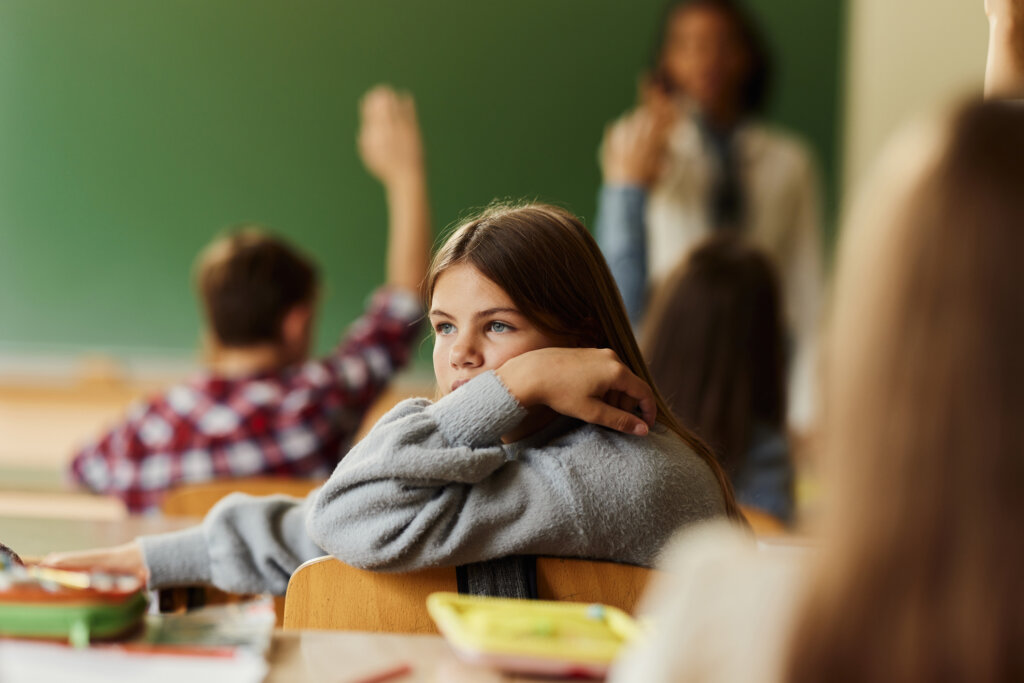Amid the welter of decibel-topping noise generated by violent and intense computer games, the Internet, TV and loud music shrieking from the stereo, I wondered whatever happened to a carefree childhood?
As I watch my neighbors hustle their bleary-eyed children from competitive dance to nightly karate to little league and 5 am ice rink calls and scheduled play times, I really wonder.
I wonder whatever happened to swinging from a rope? Or swimming in an inner tube? Hopscotch? Tag? Hula hoops? Marbles?
Whatever happened to a lazy, carefree summer days at the park and nights lying on your back in a field listening to crickets and just staring up at the stars?
I wonder about the joy of a childhood free of cares: the calm that precedes the onset of adolescent concerns.
Recently I came across an article ‘The lost art of childhood’ by Alex Williams of the New York Times in which he described what he calls a “burgeoning interest in old fashioned games” and unstructured play.
He says the field is growing because many “are spurred by concerns that a decline in traditional play robs the imagination and inhibits social interaction”.
You can’t underestimate the important role of free, unstructured time and play in a child’s development. Yes, there is a time for school and learning and physical education, but in the growth and integration of the child’s cognitive and processing skills, the brain needs activity and time that is exploratory and without strict boundaries. While video games may be fun, they employ a level of intensity and mental engagement that doesn’t encourage creative and imaginative thinking.
Here’s proof
Perhaps the best indicator of a renewed interest in “play for play’s sake” is reflected in the skyrocketing sales of The Dangerous Book for Boys (Collins) by Conn Iggulden and Hal Iggulden. It’s a deliberately nostalgic-style evocation of a simpler childhood, including such boyish skills as making a tree house, skipping stones, and crafting paper airplanes. Almost as soon as it was published, it rose to the number two spot on the best seller lists.
It seems parents are beginning to understand that a busier child is not necessarily a happy child.



